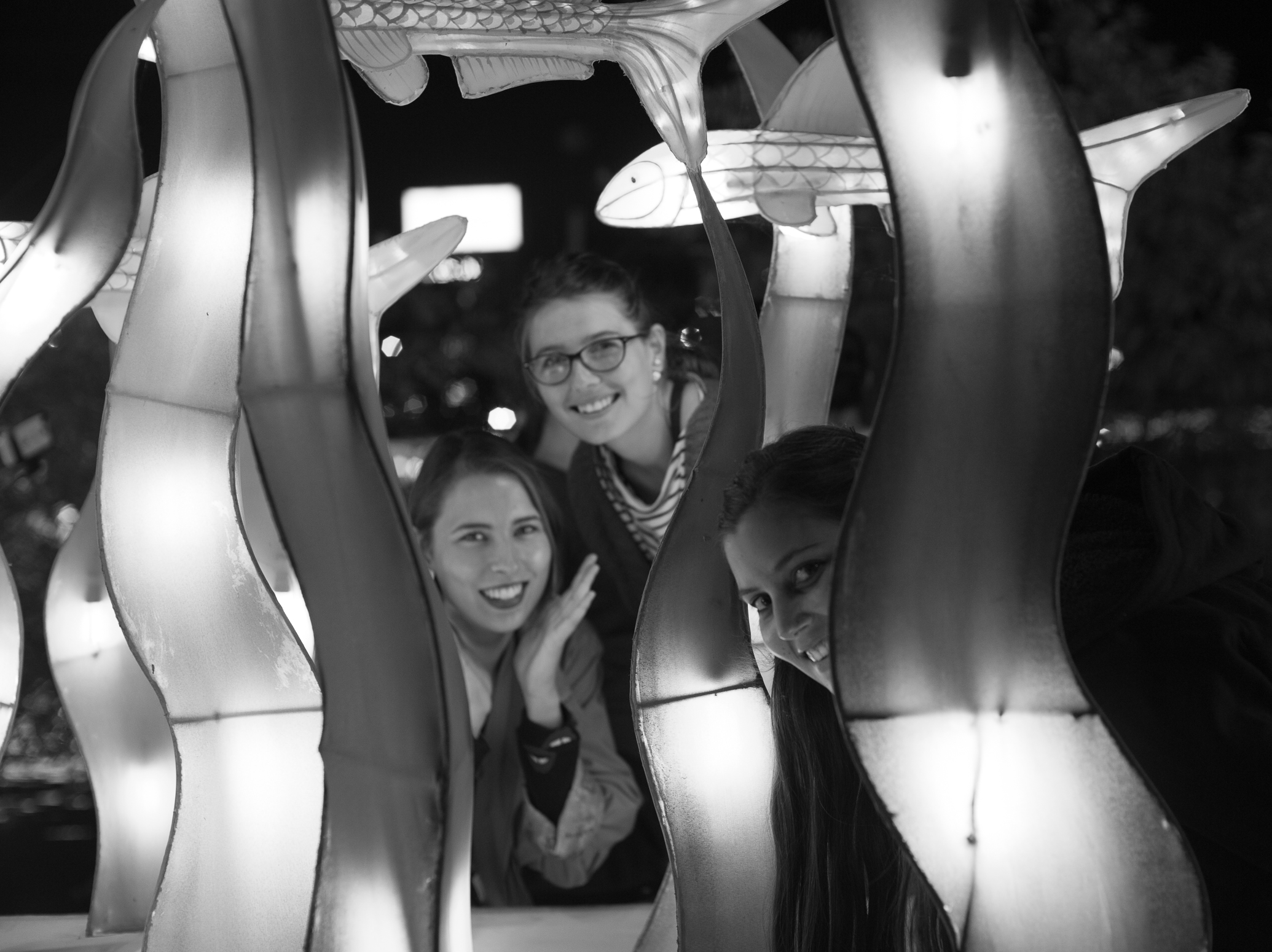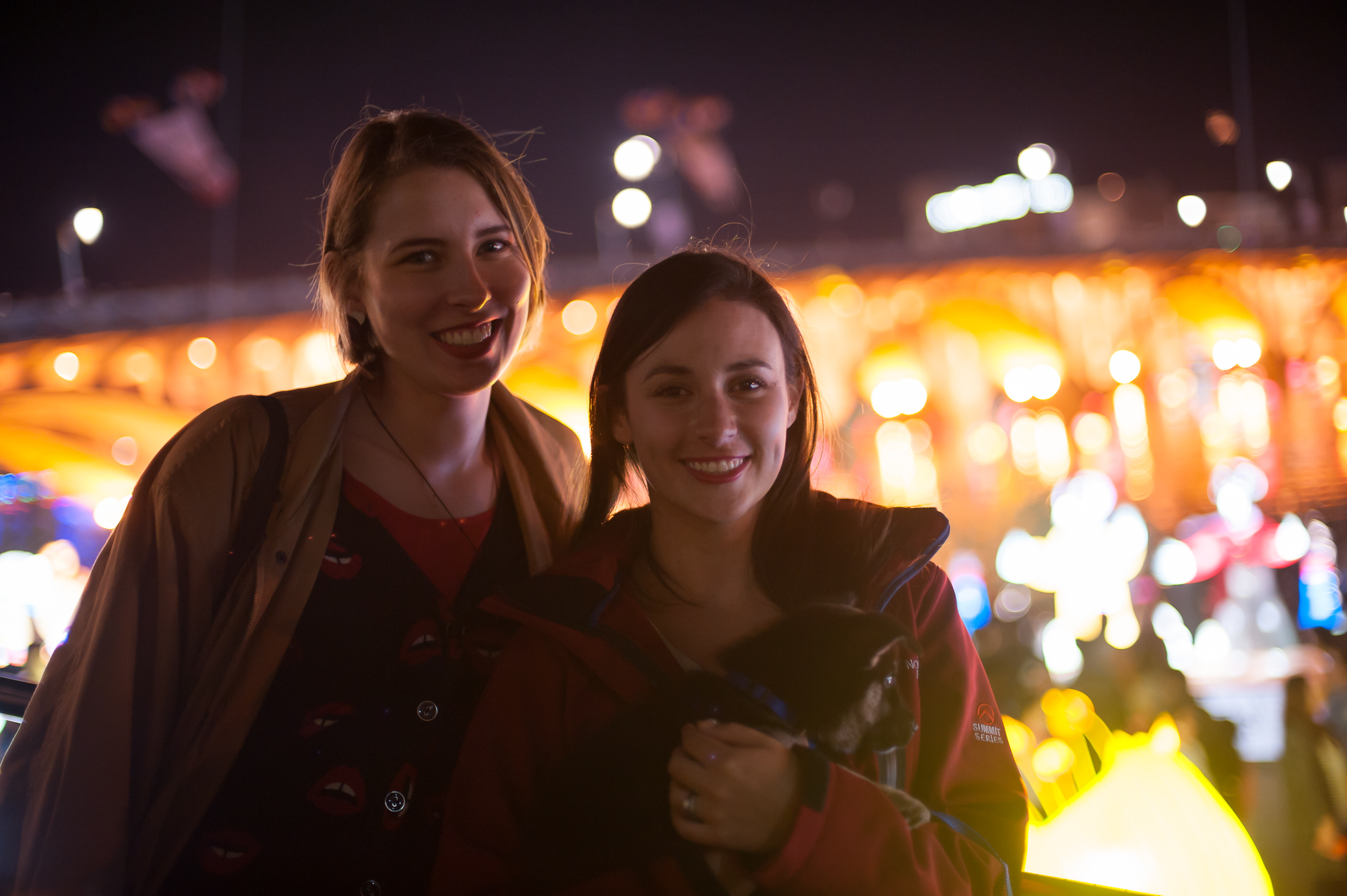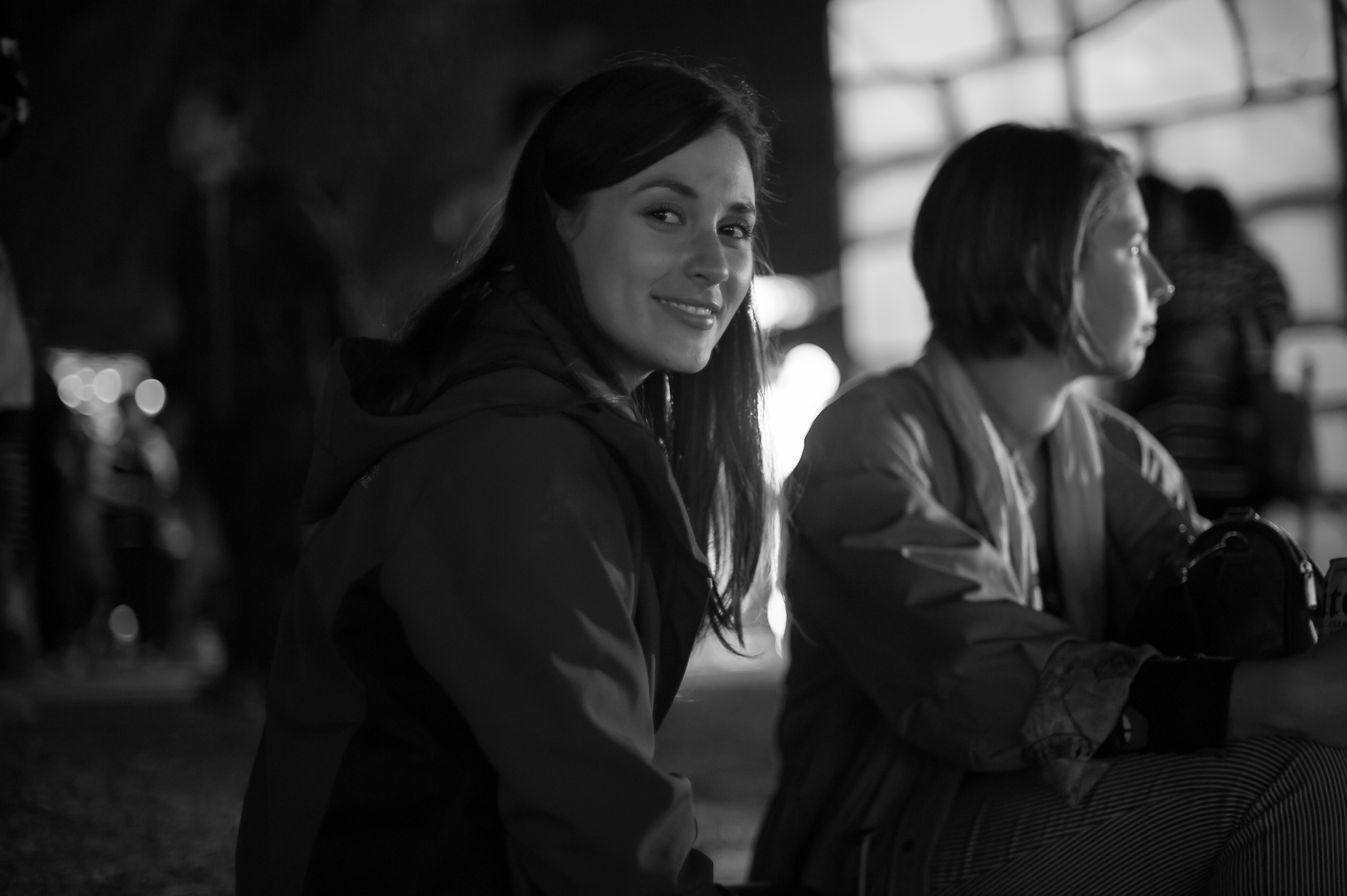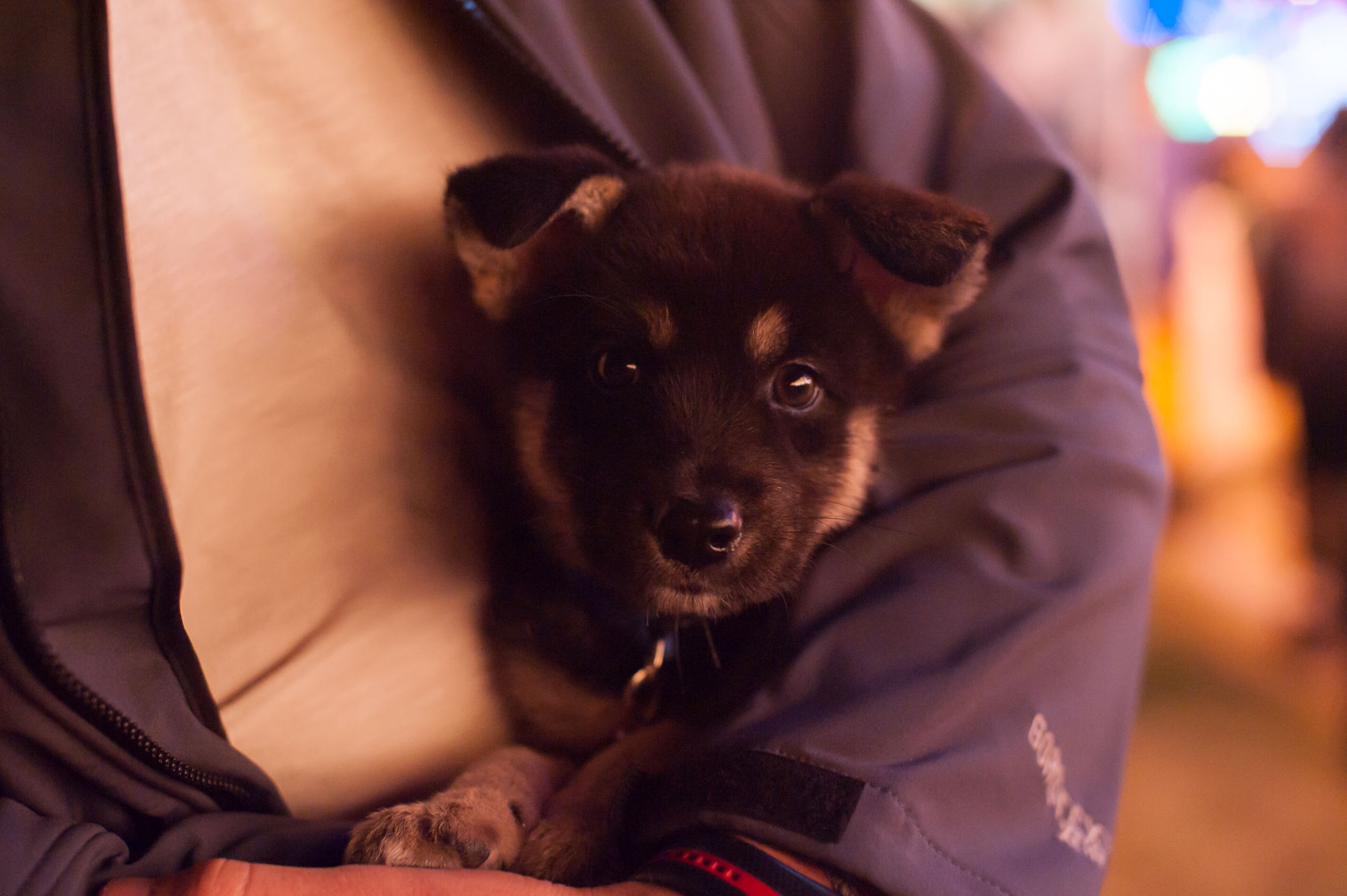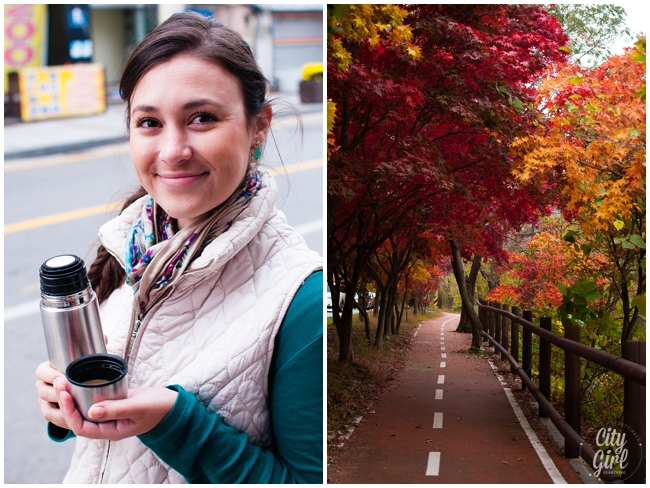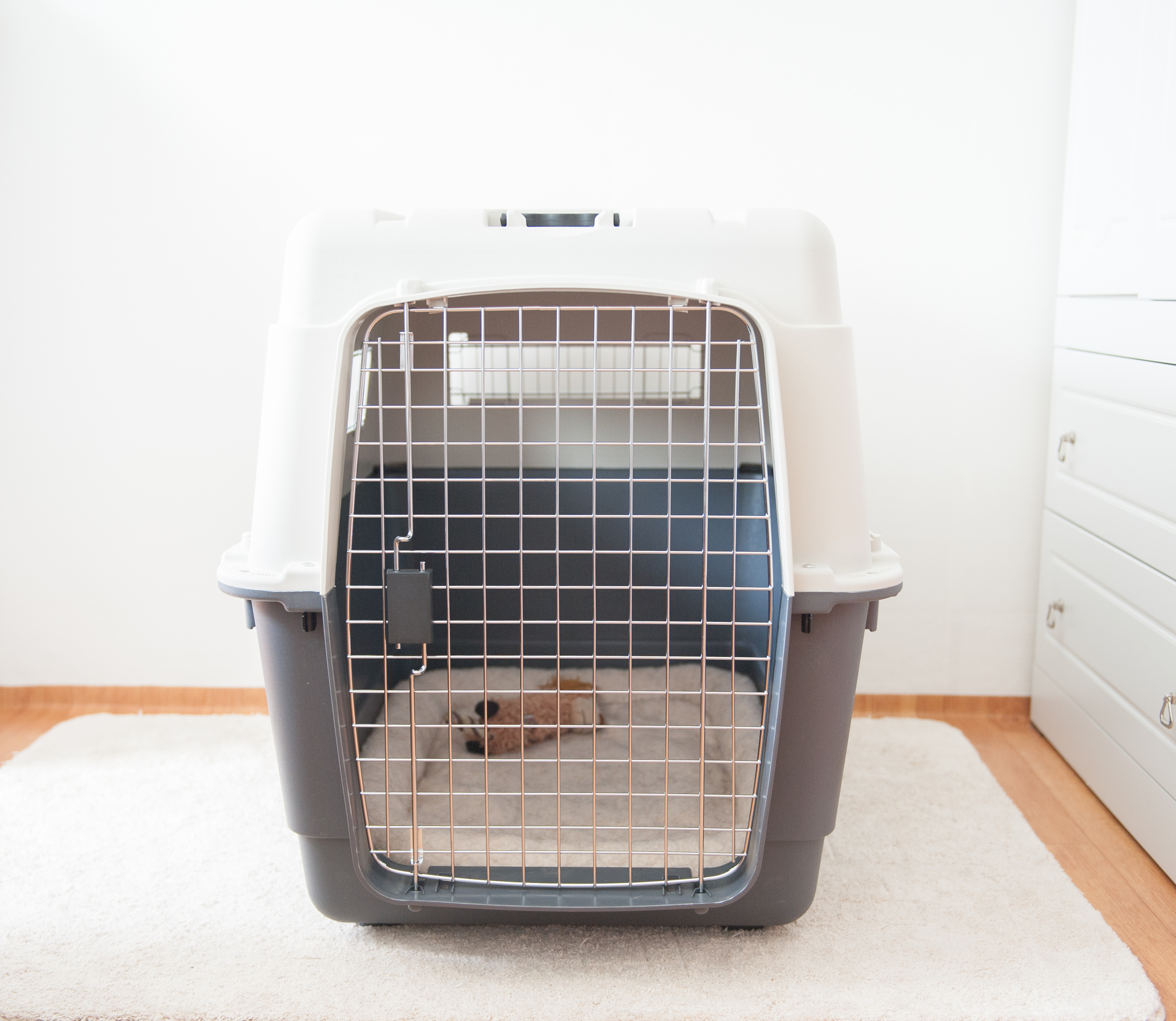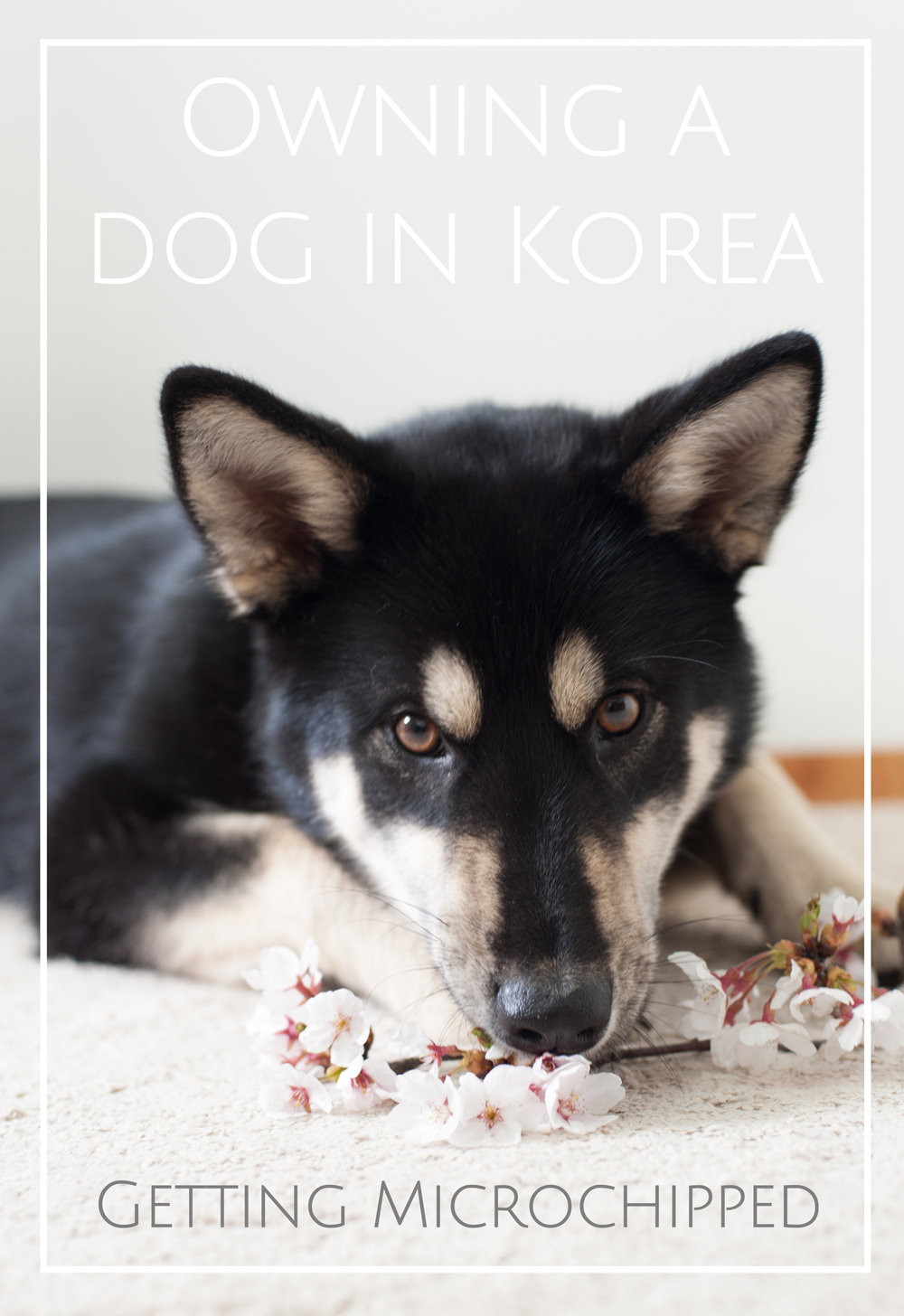Joburg to Cape Town roadtrip via Poffadder, Springbok, Kaamieskroon, Bitterfontein & Yzerfontein with our dog to see the Namaqualand flowers!
/A few weeks after arriving back in South Africa from living in South Korea (click here to ready more about our 4 years spent teaching English in Korea), Farmboy and I headed off on a 6 week road trip around South Africa. We started our trip in Johannesburg (where my family are) and ended on the farm in Kwazulu Natal (where Farmboy's family are).
During those 6 weeks we visited about 15 towns and cities, some of which I had never heard of before, and had wonderful adventures seeing more of South Africa than either of us had seen before. This is a very image heavy post, so you might want to go and make yourself a cup of tea while you wait for these images to load :)
Farmboy also vlogged our trip, which you can watch by heading over to his youtube channel (click here). There are lots of fun behind the scenes videos of our trip, which I think you'll really enjoy. I've linked them below so you can watch them right here in this post.
The aim of this trip was to see the famous Namaquland Daisies, as well as to explore more of Cape Town. When we got home from Korea, we wanted to spend time in the major cities in South Africa to see if we would like to settle and make home in any of them. This trip was the perfect opportunity to explore Cape Town and see if we could imagine ourselves making it our new home.
Read More











